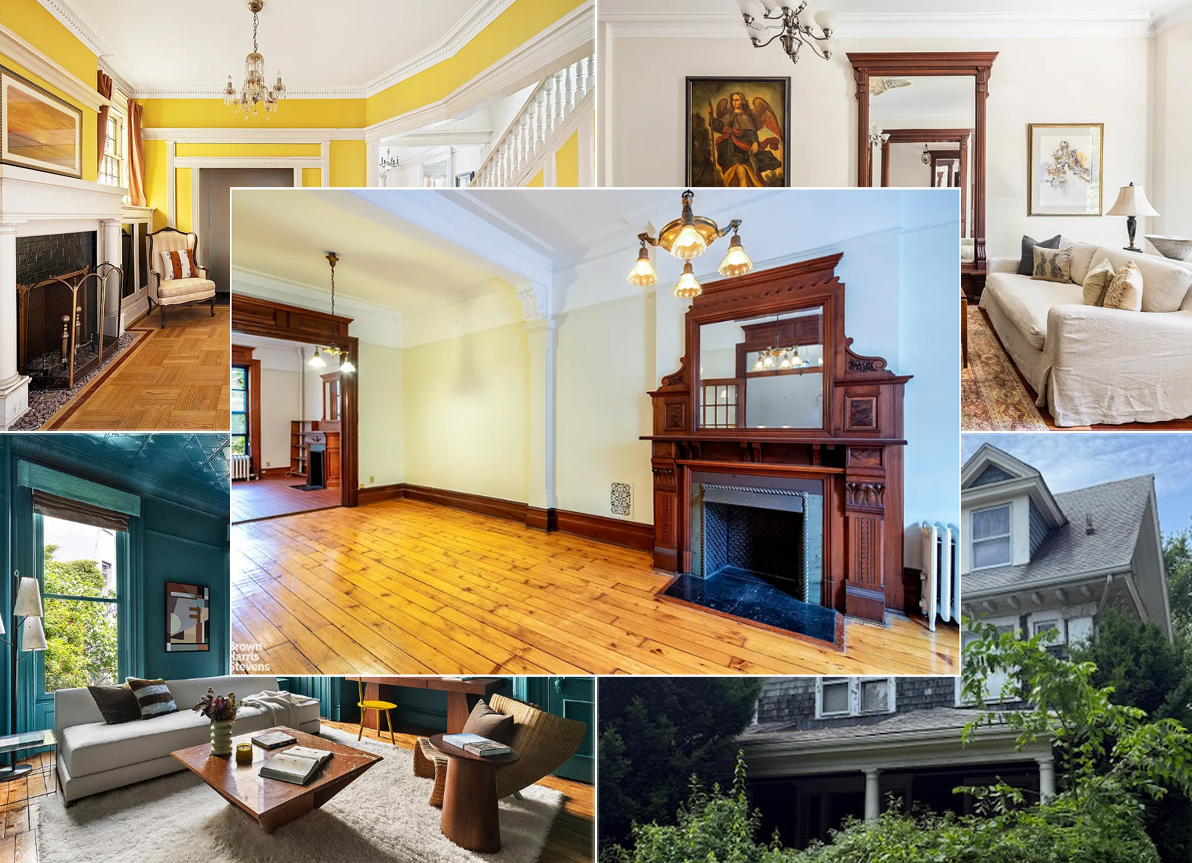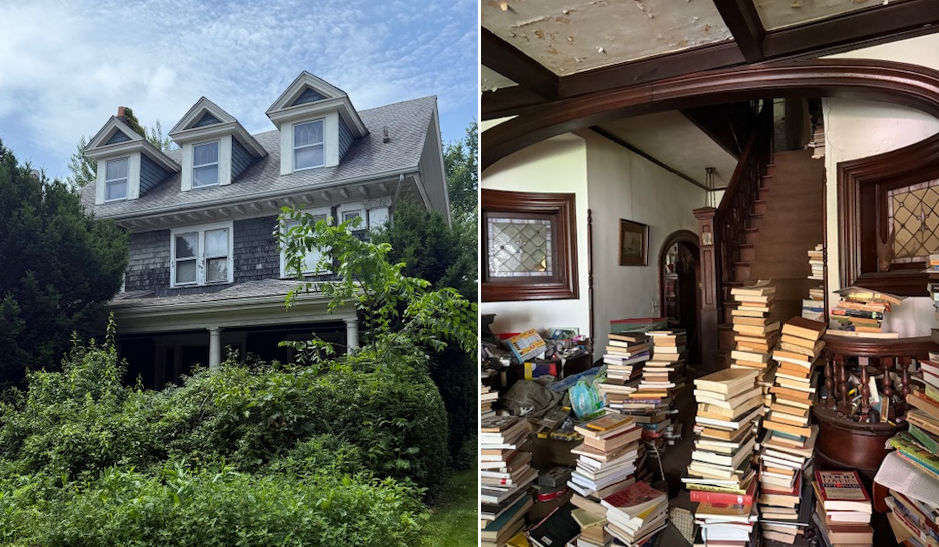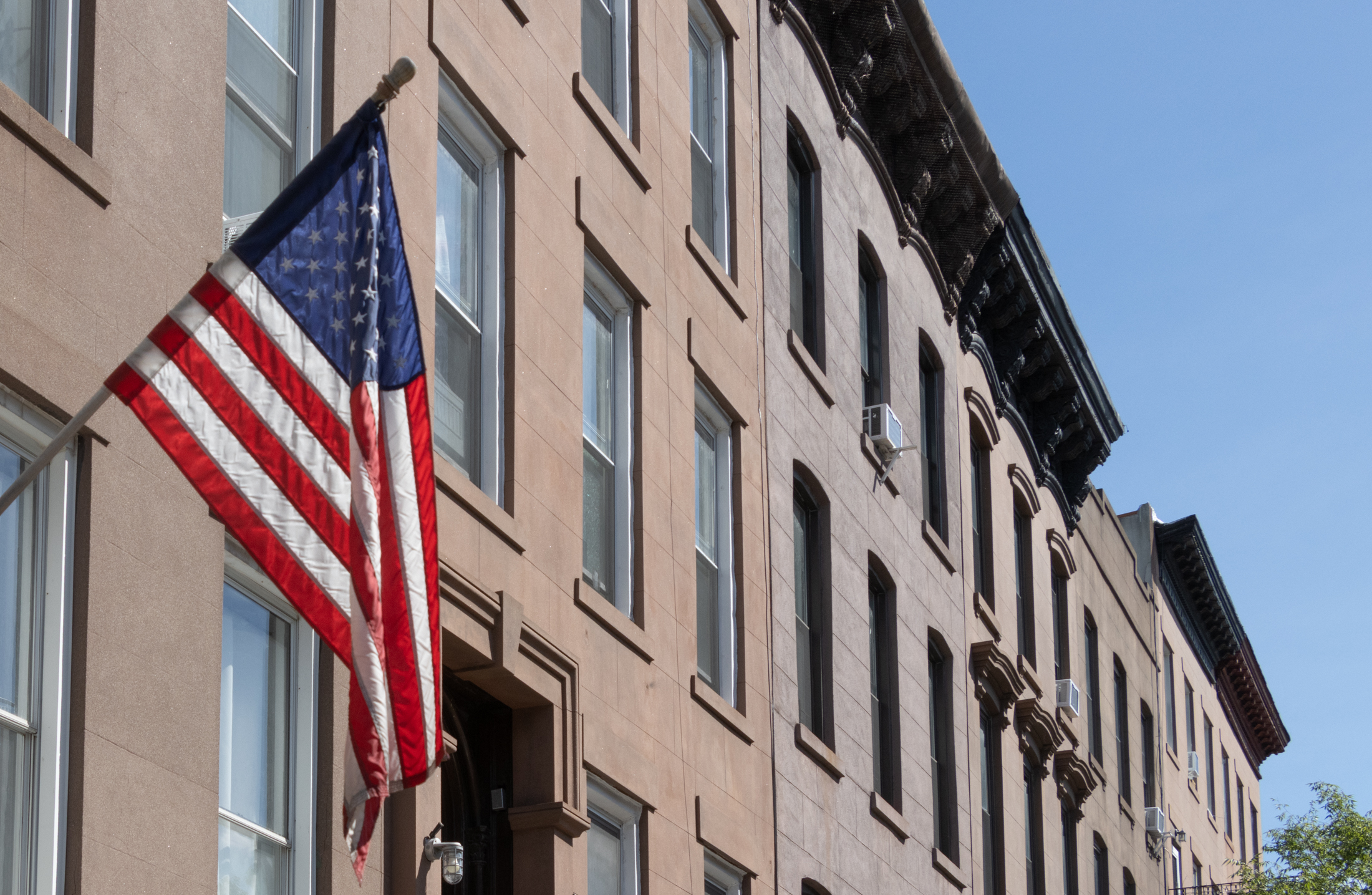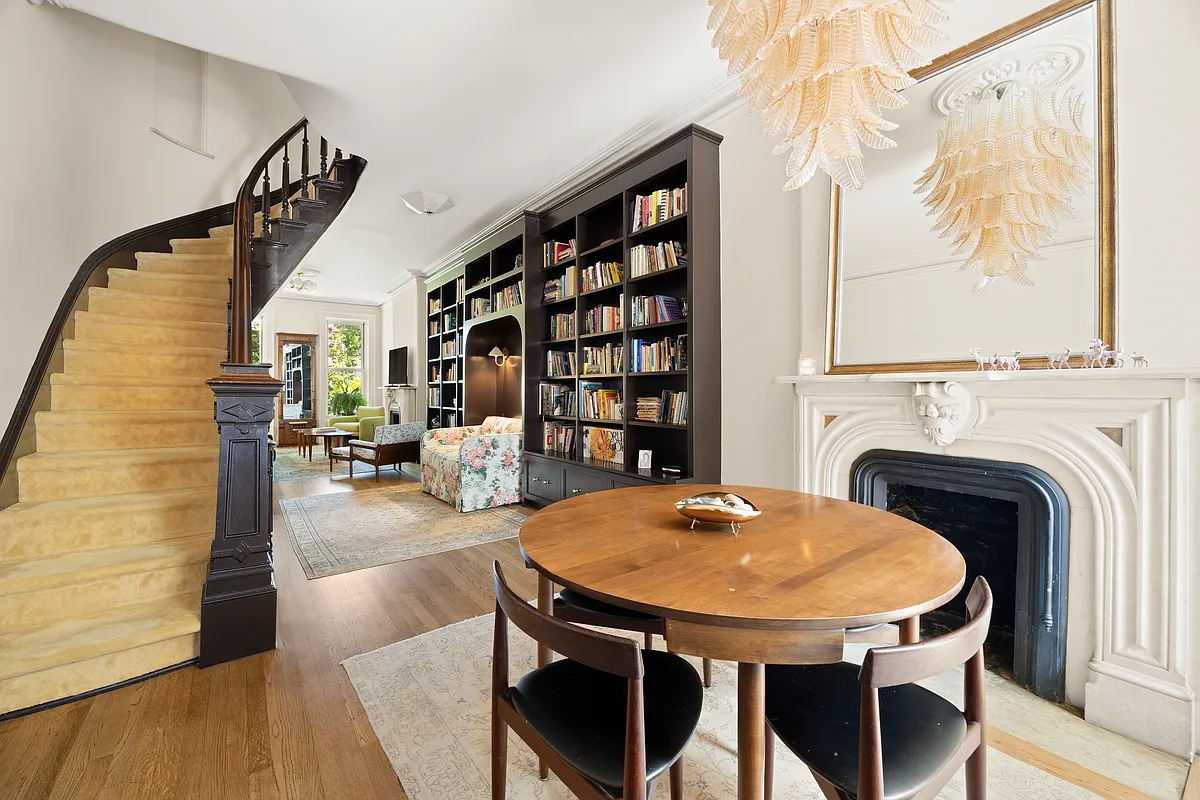Walkabout: The "Bain" of Her Mother’s Existence, Part 1
Read Part 2 and Part 3 of this story. The other day I featured 58 7th Avenue, the Brooklyn Conservatory of Music Building, as our Building of the Day. As I mentioned there, the house was originally built for William M. Brasher and his family, in 1881. Brasher had a factory down the street at…


Read Part 2 and Part 3 of this story.
The other day I featured 58 7th Avenue, the Brooklyn Conservatory of Music Building, as our Building of the Day. As I mentioned there, the house was originally built for William M. Brasher and his family, in 1881. Brasher had a factory down the street at 20th and 7th where he manufactured oil cloth.
This material was used for many different purposes, and was the 19th century’s equivalent of vinyl coated fabric. Cotton duck fabric was soaked in linseed oil, which formed a waterproof fabric that could be used for tents, tarps, clothing, tablecloths and floor cloths. Brasher operated his factory during the Civil War period, and as you can imagine, he made a ton of money selling oilcloth to the government. Long story short – he was rich.
William Brasher and his wife Martha had only one child, a daughter named Louise. William died in 1912, leaving his tidy fortune, the house, and the yacht to his wife, Martha. She spent many subsequent years making other people miserable. She sued several people, and was sued in return. Aside from her servants, her lawyers probably saw her, and loved her, more than anyone else in her life. She hardly ever left the house, and did not socialize.
The Brasher’s daughter Louise had grown up and married Captain Bertram B. Clayton. He was a West Point graduate, and served in the Spanish-American War. He subsequently served a term in Congress, and was made a Colonel in the 14th Regiment of the New York National Guard. Their headquarters was the Park Slope Armory. Martha Brasher was very proud of her new son-in-law, and her new grandson, William, who was named after his grandfather. But her daughter’s marriage was not a happy one.
There are no details on what happened, but subsequent events give a clue. Louisa may have fallen in love with someone else. In 1902, Captain Clayton filed for divorce. Less than 24 hours after the divorce had been finalized, Louise married an insurance broker from East Orange, New Jersey, named George Bain. Martha Brasher never got over it. Mother and daughter were estranged from that day forward.
The son, William Brasher Clayton, moved to Boston, and returned to New York only to get married to a Manhattan girl in 1910. His father, Bertram Clayton, entered World War I as a captain in the United States Army, and died on the field of battle in France in 1918. Meanwhile, Louise and George Bain had a daughter, and the three of them were living at the St. George Hotel.
Despite attempts to reconcile and introduce Martha to her new granddaughter, there was no joy there. Martha would not see them, or speak with them. She did make it clear through her attorneys that she no longer considered Louisa to be her daughter, and she would not be inheriting the large fortune she was sitting on. She drew up her will, and over the next several years, had four different codicils attached to it, the result of which disinherited Louise and her second family.
On February 14, 1920, Martha Brasher died. After the funeral, the estate went into probate, and the will was read. Martha had left a tidy sum of over $1.2 million dollars in cash, land and other assets. She had appointed some heavy hitter lawyers as executors, and left a long will.
She left half of her estate, over half a million dollars, to the Church Charity Fund, an umbrella group of churches that sponsored various charities for orphans, the elderly, etc. The rest of the estate was divided up between some other relatives including her grandson, a good friend, several close servants, and the executors. The codicils completely cut Louise out of the will.
By this time, Louise had run out of money. Her husband was not doing well enough to support the family, and Louise had taken a job as a saleswoman in a store. After the will was read, she was able to hire a lawyer and they took on the arduous task of trying to break the will. The case was in the newspapers every day during the trial, and for a good year afterward. It was so sensational, the story was picked up by newspapers all over the state. Everyone was interested in the case of the disinherited daughter.
Martha died at the end of February, 1920. By that June, the case was in open court. Louise’s lawyer had to make the argument that Martha Brasher had not been of sound mind when she added the codicils to the will, and therefore the will should be overturned. Defending the will were the lawyer/executors, as well as the lawyer for the Church Charity Fund.
The first witness was a family friend who was a witness to the signing of the will and its codicils. He testified that as far as he could tell, Martha had indeed been of sound mind. He did admit that she had not read the will or codicils before signing. She had asked her attorneys questions about various parts of the will, and had portions explained, but none of them were the clauses that cut Louise out.
The second witness was Patrick Reilly, the long-time family coachman. He testified that Mrs. Brasher was totally irrational towards the end of her life. He said that she insisted on owning the finest brace of horses in Brooklyn, but refused to enjoy them.
She would not go on drives because she feared Louise would appear and harm the horses. So he would have to hitch them up to her carriage and drive back and forth on 7th Avenue, in front of the house. He would do this for hours while she stood in the window watching.
He said that she shared with him a lot of confidences, a relationship he found inappropriate between an employer and a servant. He also said that she was unable to keep her household accounts straight, His most damning testimony concerned religion.
Reilly said that Mrs. Brasher was not religious in the least, never went to any church and was never a member of any church. He said whenever a conversation turned to religion, she would become quite agitated. He had been flabbergasted to learn that she had given half of her estate to a religious charity. It was quite unlike her.
The next witness was Mrs. Brasher’s physician, Dr. John Longmore. He had been treating Mrs. Brasher for many years, and had signed her death certificate. He said she had died of influenza, with contributing factors of myocarditis and senility. He testified that by “senility” he meant the natural breakdown of the body because of old age. He thought that she was of sound mind when she had signed her will.
Dr. Longmore told the court that Mrs. Bain had long pestered her mother’s lawyers for money, which was not forthcoming. He said that Louise had written threatening letters that upset her mother terribly, but they were not letters that advocated violence. But because of Louise’s behavior, he said that Mrs. Brasher was afraid to go outside, for fear that Louise would run her down in an automobile, which apparently she had once threatened to do.
He advised Mrs. Brasher on several occasions to give Louise money, for the healthful benefits it would give Mrs. Brasher and her state of mind, but she adamantly refused. He did admit under cross that he had never seen any of the letters from Louise. They had been received by the lawyers, Smith, Weinberg & Doughty, and the contents relayed to Mrs. Brasher.
A witness from the Church Charity Fund testified that he had never heard of Mrs. Basher before the bequest, and had searched his records to see if she had ever given to them before. She had not. The Fund had been totally surprised, and of course, totally thrilled to receive notice of this huge sum of money. They were looking forward to doing much good with it.
Several other witnesses, including Martha Brasher’s friend, Mrs. Florence Fairbanks DuVal, who was also a beneficiary, testified as well. So did other servants. The last witnesses presented were Mrs. Brasher’s attorneys, who, over the objection of Mr. Crowe, Mrs. Bain’s lawyer, introduced into evidence a great deal of paperwork. They submitted letters, ledgers and correspondence written by Mrs. Brasher. The documents all showed the extent of her large estate.
While the materials were being catalogued by the clerk as evidence, the lead attorney hired by the estate, retired Judge Herbert T. Ketchum, began passing out the papers to the jury to examine. The jurors all looked closely at the documents.
Suddenly Juror number 4 asked if he could address the court. The judge allowed it, and the juror explained that he had found an error in Mrs. Brasher’s accounting. Over the objections of Mr. Crowe, the judge asked him to explain, and when he did so, ex-Judge Ketchum disagreed with him, and began questioning him.
Mr. Crowe loudly objected, saying that it went against all of the rules of law for an attorney to cross examine a juror. Ketchum smiled and explained that if there was a mistake in the math, it behooved the estate to know about it, as well as the rest of the court. Judge Wingate agreed.
Juror 4 went on to say that several numbers seemed to have been transposed, which would make a difference in the total. Another juror announced that he had also found an error in Mrs. Brasher’s books, resulting in a $3,000 discrepancy.
Judge Wingate suggested that the jury just look over the books and not make any more comments. They could use whatever information they gleaned from them in their deliberations. After another week of testimony, the case went to the jury.
Next time: the verdict, and its aftermath.
(Photograph: Kate Leonova for PropertyShark)





gripping! i can’t wait to read the rest.